Rather than a turning point, the meeting served as a stage for discussing realities.
Rather than a turning point, the meeting served as a stage for discussing realities.
By Adem Kılıç, Political scientist
The Trump–Putin Summit in Alaska highlighted many of the impasses surrounding the future of the Russia–Ukraine War, which has been ongoing for three years and has fundamentally changed numerous approaches, from NATO’s structure to perceptions of global security.
While headlines about the historic nature of the meeting dominated international media, it was expected that the lengthy bilateral summit would be followed by a process of delegation meetings between the parties.
However, this did not happen.
Following their approximately three-hour meeting, Trump and Putin held a joint press conference, but apart from mutual praise, no significant statements were made.
It appears that the summit fell far short of its goal of ending the war immediately, and worse still, it failed to establish a framework that could freeze the conflict.
As any analyst who closely follows Trump knows, if there had been even the slightest glimmer of hope for a solution, Trump would have staged any kind of show in front of the cameras, calling it a ‘great victory.’
So, what will happen?
Considering the reality that no war lasts forever, and that diplomatic processes must begin for wars to end, the meeting must be considered ‘positive.’
However, it is certain that the parties’ demands will affect not only the continuation of the war but also the risks of escalation or spread.
Looking at the background of the Alaska Summit as reflected in the international press, it is stated that Putin will not give up his territorial demands for the areas under his control, that he has presented a plan for the lifting of sanctions, and that he will never compromise on ‘security’ conditions such as Ukraine not becoming a NATO member.
Trump, on the other hand, seems to have his hands tied by Ukraine’s uncompromising stance on territory and its demand that security guarantees be provided under the NATO umbrella.
For all these reasons, the most realistic outcome of the Alaska meeting could have been a declaration of a ceasefire and plans for technical committees to meet. However, this did not happen either.
Trump stated at a press conference that he would share the details of the meeting with Zelenskyy and European leaders. This point will completely determine the future of the process.
If Trump does not encounter a conciliatory stance towards Putin’s demands in his meetings with European leaders, he will shift the responsibility for the failure of peace to Europe and Zelensky, just as he shifted the responsibility for the war to his successor, Biden.
And in the coming days, the world will witness this process.
What did the parties gain from the summit?
Despite all these negatives, the parties undoubtedly gained something from this meeting.
Although US President Trump was unable to portray the meeting as a ‘victory’ and use it as a new stepping stone towards the ‘Nobel Peace Prize’ he so desired, he managed to use it to strengthen his image as a ‘leader who cools crises.’
Putin, on the other hand, declared himself a leader who managed to bring them to the table, despite being the leader of a country that has been isolated by sanctions from the US and the entire West for three years.
Indeed, Russian Foreign Ministry spokesperson Zakharova stated before the meeting even began:
‘The West and its media have been talking about Russia’s isolation for three years. But today they saw the Russian President being welcomed with a red carpet in the United States.’
She did not hesitate to describe this situation as a victory.
Europe’s response is divided.
Germany and France are cautiously optimistic about the possibility of a ceasefire, while Poland and the Baltic capitals appear concerned that Moscow could use a freeze scenario to buy time.
The UK and Brussels, on the other hand, appear to be opposed to any agreement that would not result in a military victory for Ukraine or at least a return to the situation on the battlefield three years ago.
On the Ukrainian side, any concessions on status are likely to be met with a strong reaction. However, if a formula is found that includes security guarantees, ammunition supplies and financial support, the Kyiv administration may accept the ceasefire as a temporary respite.
The future of the war
Trump’s strategy seems to be based on reducing the financial burden on the US and, if he cannot achieve ‘victory’ by securing ‘peace,’ shifting the entire responsibility to Europe.
However, according to European leaders, this approach could embolden Russia, and a security environment in which the United States is not standing alongside Europe could embolden Russia even further.
Furthermore, Europe’s greatest concern is that a temporary ceasefire would give Russia the opportunity to regroup its military forces and could trigger a more intense wave of conflict in the future.
In summary, although diplomatic steps have finally been taken after three years, the reality that the balance of power on the ground determines the limits of peace has once again become the primary reality for all parties.
The Alaska Summit clearly highlighted the division within the West and the US under Trump’s leadership, which is focused solely on its own interests.
In light of all this information and these balances, the Alaska Summit cannot be defined as a turning point that will end the war, but only as a stage for discussing the realities.


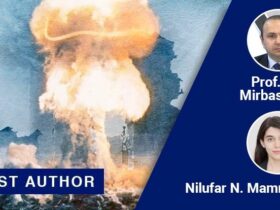
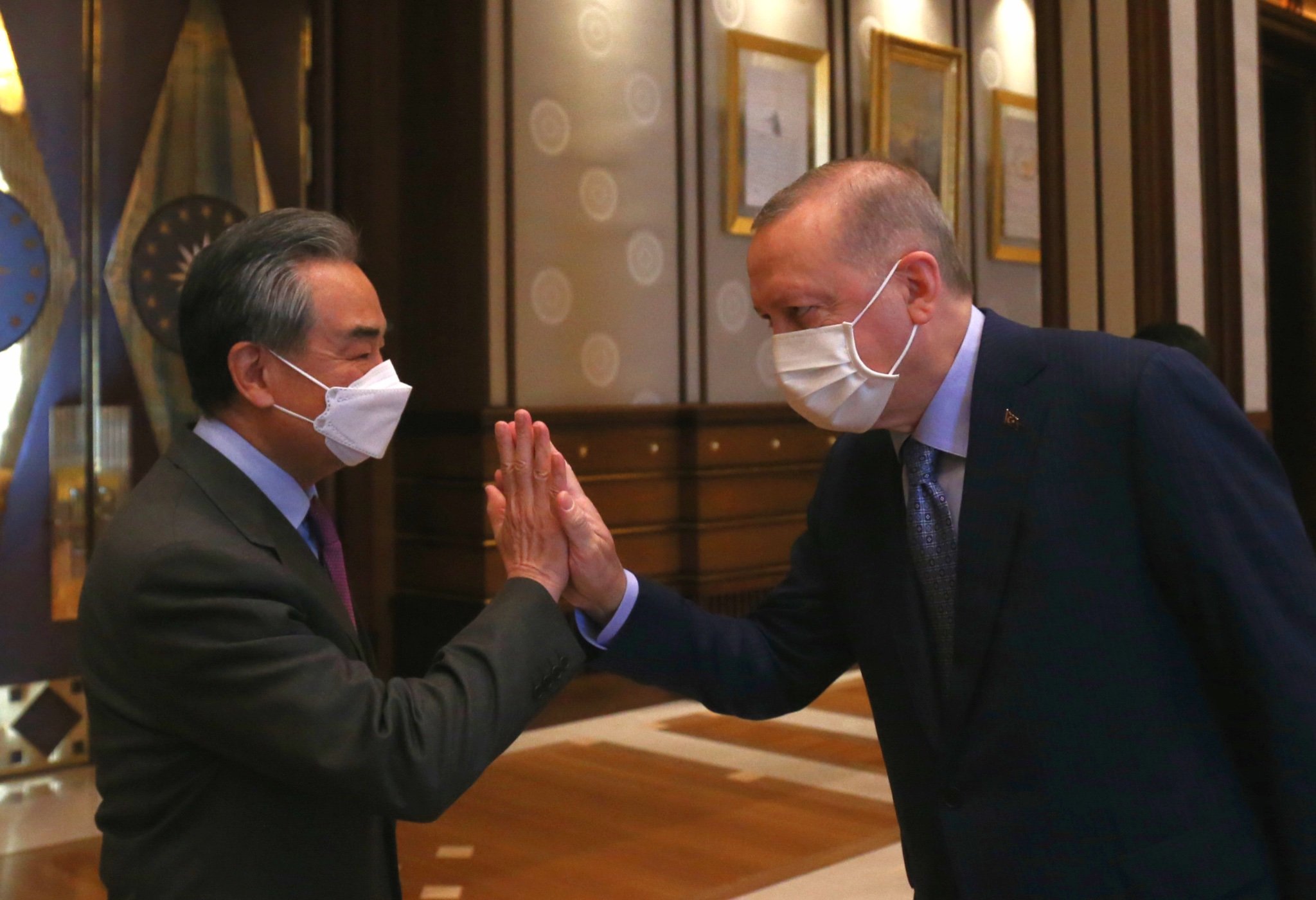
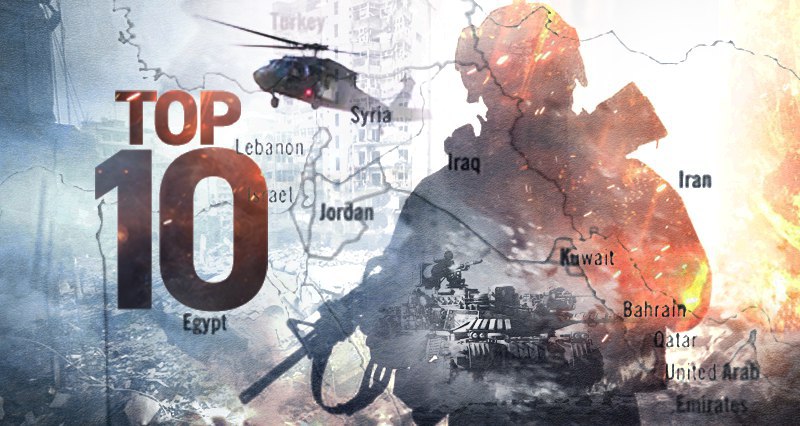
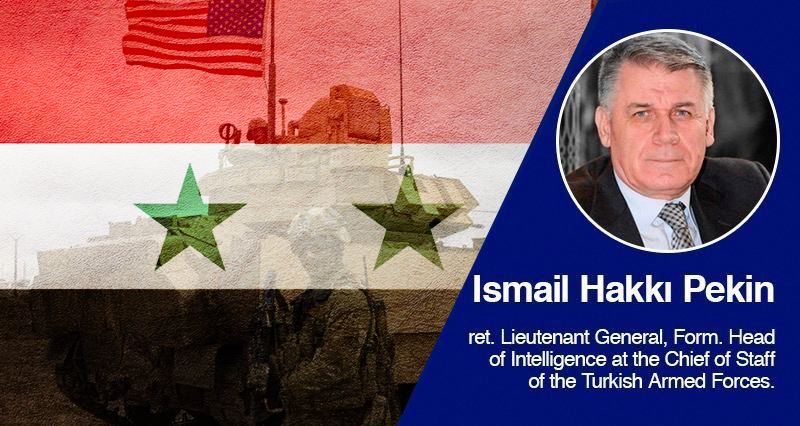

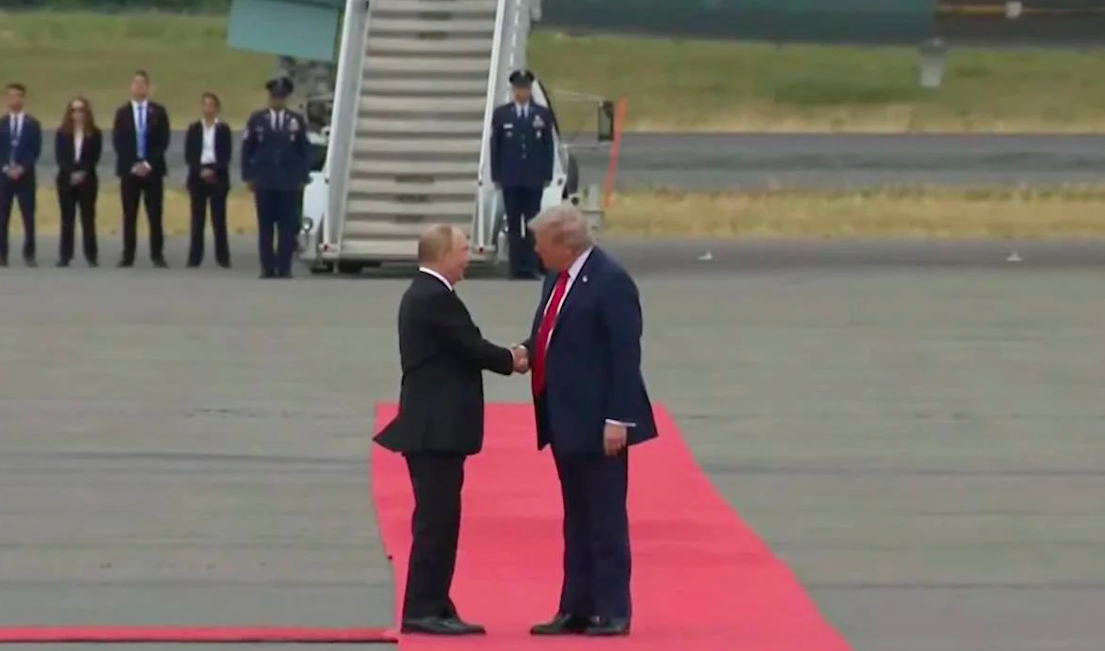


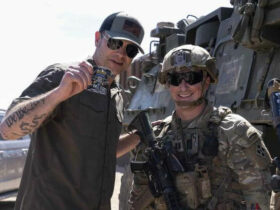
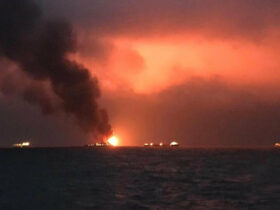
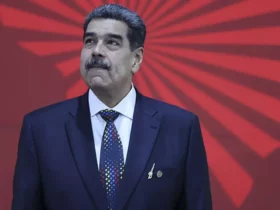
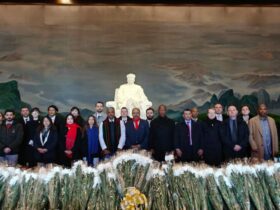
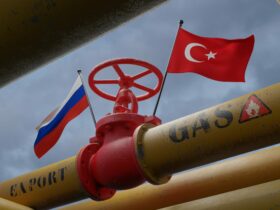

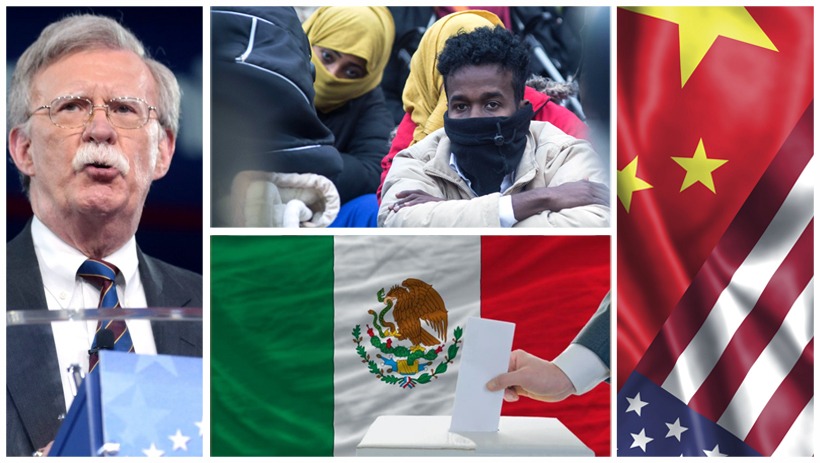
Leave a Reply